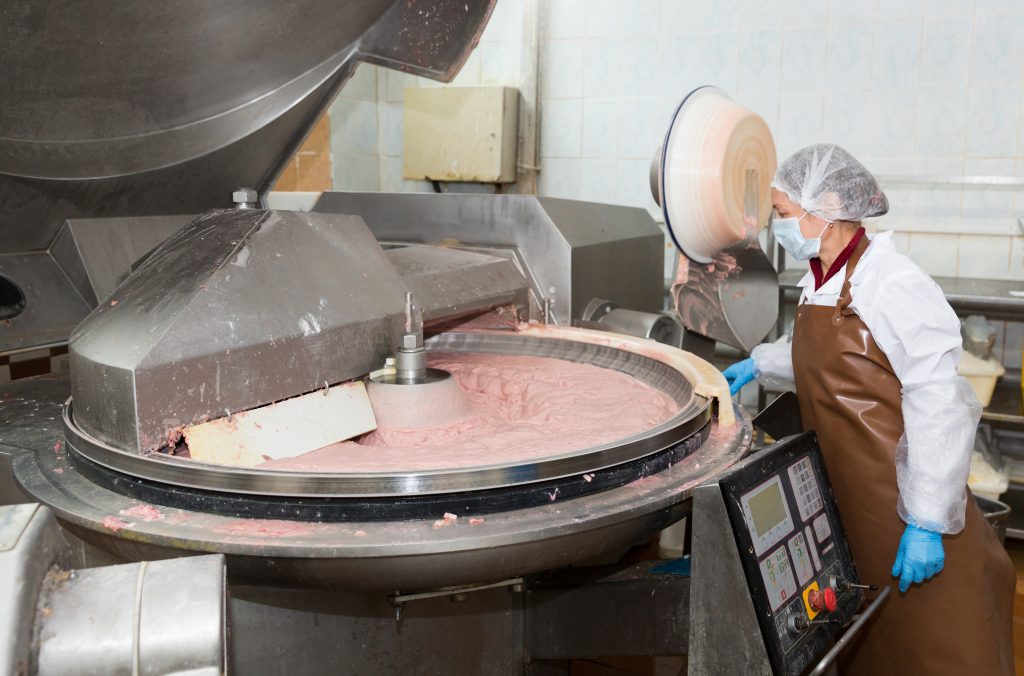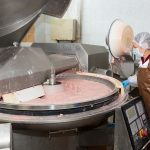How Food Manufacturers Can Make the Best Blending Decisions Every Time
Blog: Apriso Blog


Blending is an important and challenging part of the food manufacturing process. It determines key features of the product, like texture, taste and feel. However, the availability and quality of ingredients can be affected by seasonal patterns. For example, some ingredients might not be available during the summer or winter. While prices of input ingredients can vary, selling prices cannot be adjusted too much, without affecting customer trust.
Customers demand products with consistent quality, appearance, taste and features. While there are strict guidelines regarding the content of certain ingredients such as fats, sugar and salt: Food manufacturers generally have some flexibility to deal with changing supply situations.
But flexibility comes at the price of complexity. Spreadsheets and legacy systems often end up being the go-to planning solutions within a food plant. This makes it hard — and sometimes impossible — to compare the impact of alternative sourcing options and respond to changing conditions.
Let’s have a look at the process behind a well-known food product, to better understand the complexity at work.
Think of sausage production
A sausage is a blend of several types of meat and spices that are ground, put into different casings and usually cooked, smoked or dried. Specific cuts of meat used to produce the sausages can often be replaced with different cuts of the same meat, therefore reducing the overall cost of production. Some recipes even allow for tolerances of different recipe compositions that keep the nutrients and quality constant.
Sausage recipes that share common ingredients and processes can be produced at a single production site. The same raw material can be used in multiple sausage recipes. Therefore, there is flexibility in adjusting sausage production according to the shelf life and pricing of ingredients. Decisions made on the material flow for one type of sausage production can influence the production of other sausage variants.
This level of complexity can quickly overwhelm a human planner when trying to compare different scenarios and optimize overall costs. It is also the reason why most planners look at the production of each sausage type in isolation and often overlook potential residual value on a holistic basis.
Create the best blend with DELMIA Quintiq
Finding the best blending scenario for multiple food products while monitoring ingredient costs, minimizing waste and guaranteeing product freshness is only possible with the right aid – for example an optimization algorithm.
This is where the DELMIA Quintiq solution can help. We empower food manufacturers to unlock the most profitable opportunities by:
- Incorporating all constraints, business rules, regulations and preferences
- Using mathematical optimization to minimize waste while reducing sourcing and production costs
- Quickly performing calculations based on all available data to generate optimal plans
- Generating what-if scenarios to imagine possible futures that are aligned with their goals
- Comparing multiple what-if scenarios, giving a clear view of the consequences on specific operational KPIs
- Proactively optimizing the product mix and increasing overall revenue
Interested to know more? Find out how we helped Kraft Heinz streamline its production processes into an integrated planning solution.
Leave a Comment
You must be logged in to post a comment.








